Sealants can take 4 to 12 hours to dry before you can run them over them, but they will continue to harden for up to 48 hours after application. Concrete sealed with an acrylic sealant should not be stepped on (except if a coating layer is applied), and should not be driven on or wet for at least 36 to 48 hours. While the floor sealants in the Universeal range only take a few hours to dry, it's probably best not to walk on pavement for up to 4 hours. If the sun has risen, at least 2 hours are recommended.
Many inexperienced contractors forget to tell their customers to turn off automatic water sprinklers for at least 24 hours after applying the sealant. Customers should also allow it to dry at least 24 to 48 hours after applying the sealant. If the sealant doesn't cure properly, water can cause white marks or spots on the pavers and even get stuck under the sealant layer. It is very important not to walk or drive on sealed pavers for at least 24 to 48 hours after application.
It usually takes 24 to 48 hours for paving stone sealant to dry. However, if it's a particularly humid day, it could take a little longer. It's best to wait until the sealant is completely dry before walking on it or using it again. After installation, the best time to seal pavers is when the pavers are dry and free of dirt or debris.
Most experts recommend waiting at least 24 to 48 hours before sealing new pavers after installation. This gives pavers time to settle and ensures that they are completely dry before sealing them. The number one problem when it comes to a paving stone sealant going bad is not using the right sealant for your pavers. We recommend that, as a general rule, most types of sealants be completely safe to step on after 12 hours, so if you can allow the paver to spend more time sealed, we recommend that you do so.
Buying your own sealant at local hardware stores such as Lowes or Home Depot to seal your pavers is not a good idea and can often cause irreparable damage. It is better to apply several thin layers of sealant than to cover the pavers with a thick layer, as this will make the pavers slippery. Sealing pavers when they are wet will cause the sealant to build up and may even cause it to come off the pavers, which will be a waste of money. Paving stone sealants come in a variety of formulations, but the basic process for applying paving stone sealant is to clean the pavers, apply the sealant, and then clean or move any excess.
The additional weight of cars and foot traffic can affect the sealant's ability to seal the paver, which otherwise feels dry to the touch. The summer months are ideal for applying a sealing coating, but be careful when sealing concrete or asphalt at extreme temperatures of 30 degrees Celsius or higher. Try sealing pavers when the temperature is between 50 and 90 degrees Fahrenheit for best results. Sealing your pavers requires careful consideration of a few factors to ensure you get the best results.
Areas, such as entrances and outdoor installations, that receive a lot of traffic will need to be sealed every one to two years, while pavers in areas with low traffic can last three to five years without being resealed. If it has been raining a lot or if the forecast indicates that it will rain in the near future, it is best to wait to seal the paving stones. For example, travertine pavers are much more porous than granite or concrete pavers and will require a different type of sealant. Understanding when to seal pavers after installation is vital to keeping your investment in good shape.
.
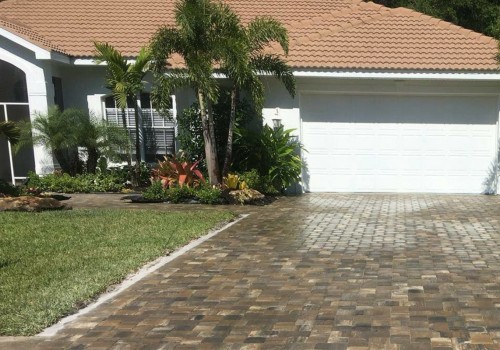
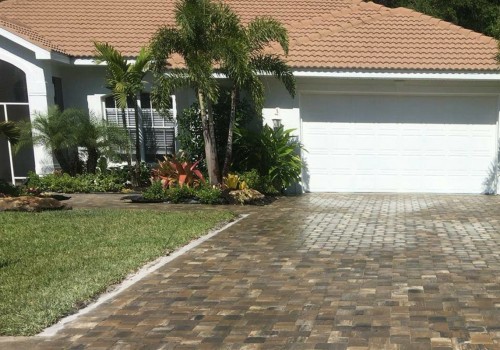
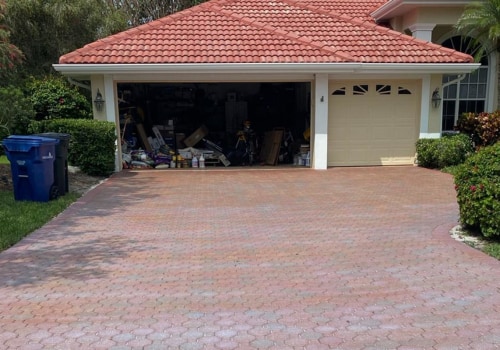
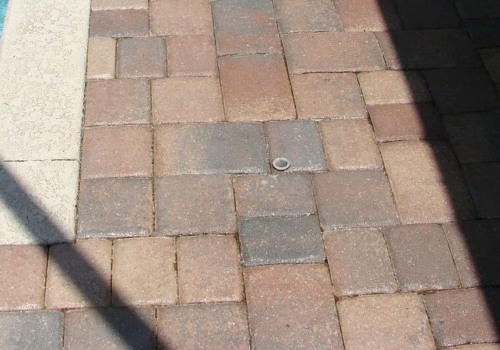
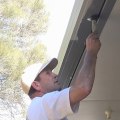
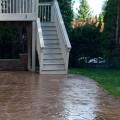
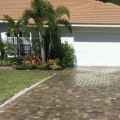
Leave Message